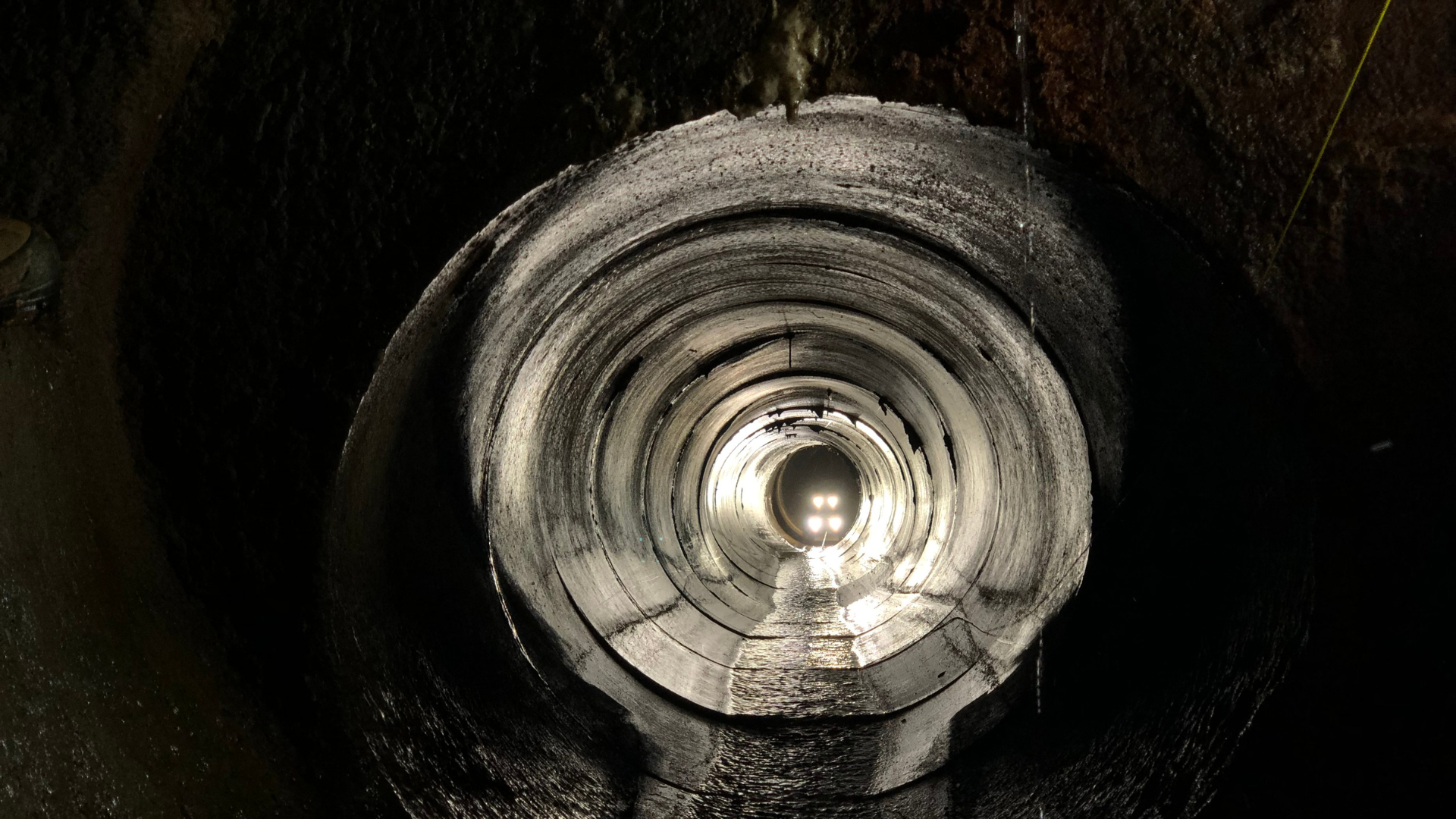When it comes to wastewater, drinking water or industrial infrastructure, ensuring the good health of underground or buried networks is a crucial issue. Leaks, blockages, subsidence, invasive roots and structural defects can lead to high costs and even safety hazards. Faced with these challenges, one method has become the benchmark: televisual network diagnostics. Thanks to the technology and innovation of solutions such as the Roview2 from Multinnovthis practice is now more accessible, more precise and safer.
What is televisual network diagnostics?
Televisual diagnosis (or TVI for "Television Inspection") involves visually exploring the interior of pipes, ducts or underground galleries using a camera-equipped robot. This method makes it possible to observe the condition of a network in real time, without having to dig it up or interrupt its operation.
The inspection robot is introduced into the network via an access port. It moves along the pipe, filming its surroundings at 360°. The images are transmitted live to an external control screen. This process is non-invasive, fast and extremely useful for making technical or administrative decisions.
The main objective: to detect defects
The aim of TV diagnostics is to identify internal network anomalies . This may include :
- cracks or breaks in the walls,
- water infiltration or exfiltration,
- tree roots penetrating the joints,
- subsidence or ovalization,
- plugs, deposits or foreign objects.
Each defect is precisely located, measured and documented, often in accordance with current standards (such as NF EN 13508-2 for sewer systems).
This inspection also enables us to classify the condition of the network, with a view to a maintenance or renovation plan.
How does Roview2 TV diagnostics work?
Traditionally, television diagnostics have been carried out using motorized carts connected by cable to a control unit. Although robust, these systems have a number of limitations: heavy weight, cumbersome cables, difficulty of maneuvering around bends, fragility in old or partially obstructed networks.
This is where Multinnov makes the difference with the Roview2a compact , ultra-manageable wireless solution specially designed for confined spaces.
The Roview2 is a small, lightweight, wireless TV inspection robot capable of squeezing into ducts just a few dozen centimeters in diameter. It incorporates a stabilized high-definition camera and powerful LED lighting, and transmits images in real time via radio link. The user controls the robot remotely from a tablet or PC.
Its Made in France design is based on years of R&D in harsh industrial environments. It is perfectly suited to inspections of sewer networks, technical ducts, air ducts or rainwater pipes, where traditional solutions struggle to operate.
When and why carry out TV diagnostics?
The use of ITV is essential in many cases. Far more than a simple spot-check tool, it becomes a preventive and curative strategy for managing infrastructures.
Preventive maintenance
Local authorities, industrial companies and site managers use TV inspection for regular maintenance purposes. Inspecting networks can help prevent serious problems before they occur, such as subsidence, ruptures or flooding.
This approach makes it possible to plan targeted interventions,extend plant life and optimize maintenance budgets.
Before or after work
Before starting a project, it is often necessary to diagnose the initial state of a network. This enables us to :
- determine the work required,
- check conformity of plans,
- establish liability for previous defects.
After the work has been completed, televisual diagnostics are used to validate that the work has been carried out correctly , in compliance with standards and public procurement contracts.
In case of malfunction
When anomalies appear (odors, backflow, road subsidence, over-consumption, etc.), televisual diagnostics helpidentify the precise cause of the problem. This approach reduces the need for unnecessary excavations and cuts intervention costs.
The benefits of TV diagnostics
Televisual network inspection has become an indispensable standard in infrastructure management. Its benefits are numerous, both operationally and economically.
Greater precision
High-definition images, combined with positioning data, enable detailed analysis of defects. Reports can be used by design offices, technicians or decision-makers.
A non-destructive method
There's no need to break, dig up or dismantle installations: exploration is carried out without direct contact, with no impact on the environment and no interruption to service.
Enhanced safety
Preventing human entry into confined spaces is now a priority safety objective. Thanks to the Roview2operators can intervene remotely, without risk to their health.
A real economy
Fewer man-hours, less heavy equipment to mobilize, fewer claims... The return on investment of a robot like the Roview2 is fast. It also helps to reduce intervention times and better anticipate maintenance costs.
Accessible technology
The ease of use of Roview2 makes this technology accessible to a wide range of users: local authorities, wastewater treatment companies, industrial operators, public works companies, inspection firms, etc.
TV network diagnostics is much more than just a camera in a pipe. It's a tool for analysis, prevention and decision-making to ensure the longevity, safety and performance of underground infrastructures. With innovative solutions such as Roview2 from Multinnovnetwork inspection enters a new era: more mobile, more intuitive and more efficient.
Multinnov continues to demonstrate that innovation, reliability and French know-how can change practices for the better. At a time when every drop of water, every meter of pipe and every euro invested counts, having the right ITV robot makes all the difference.


